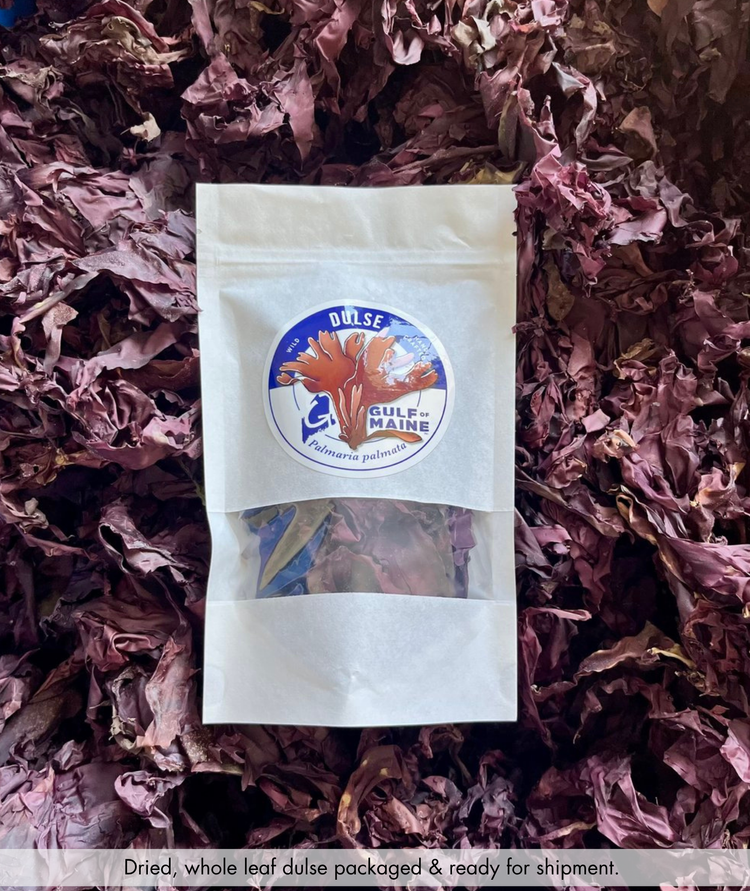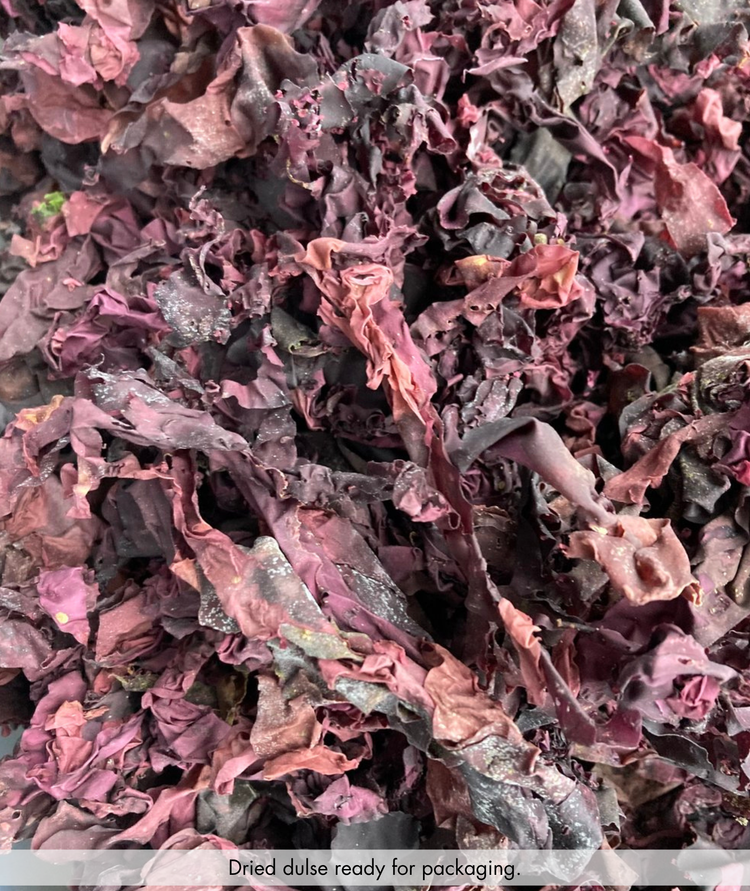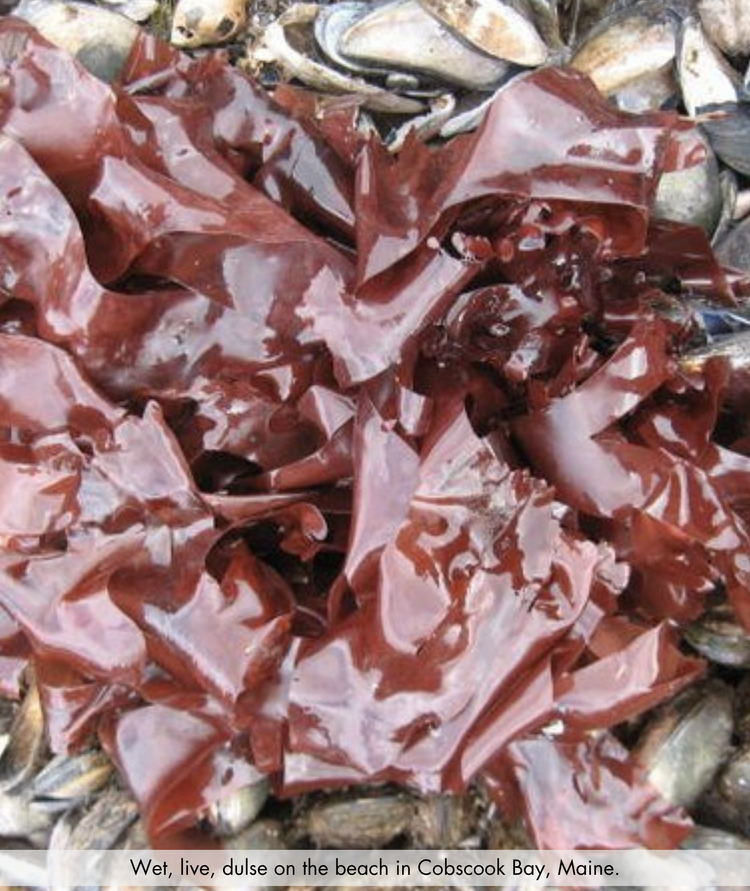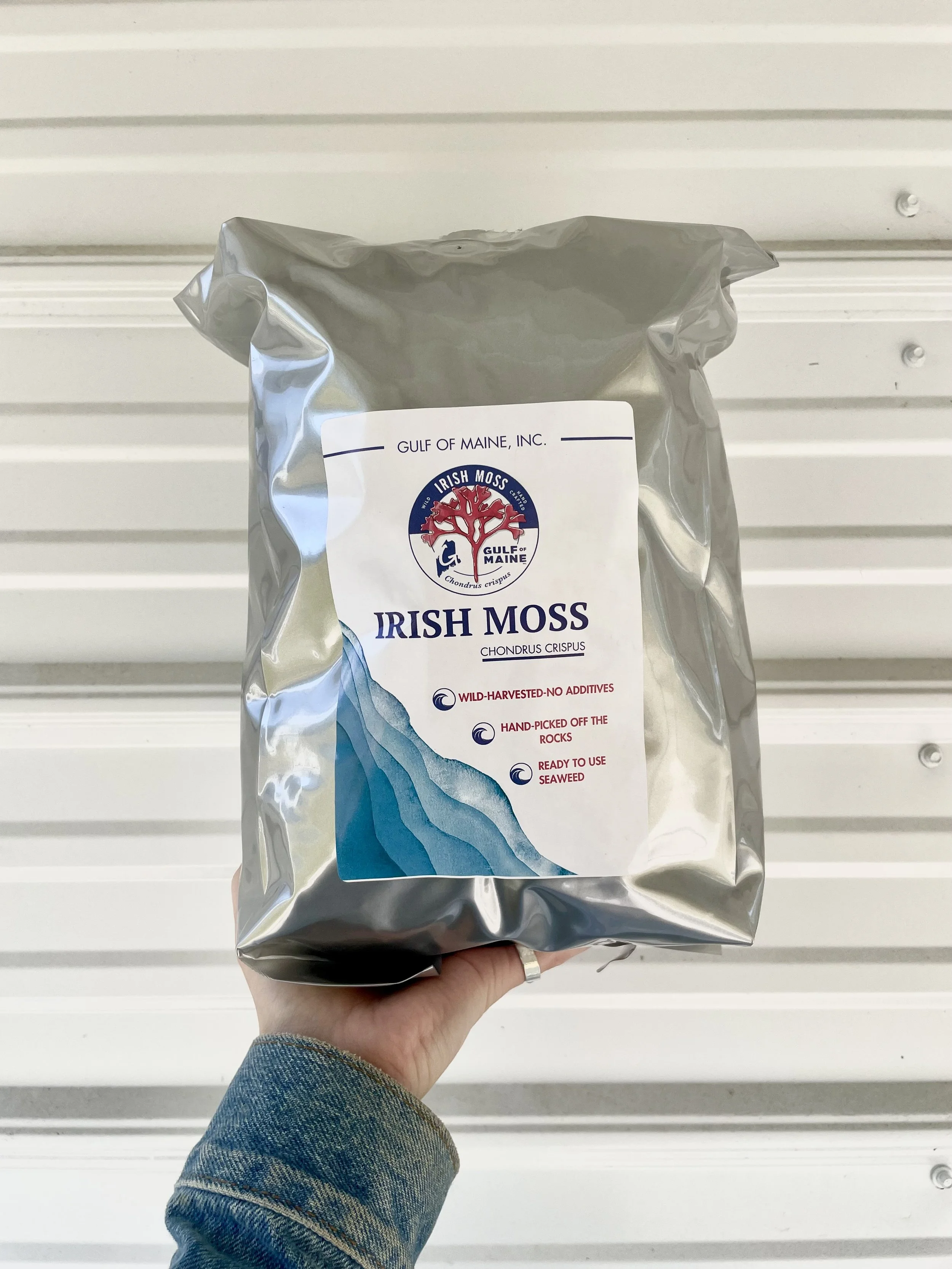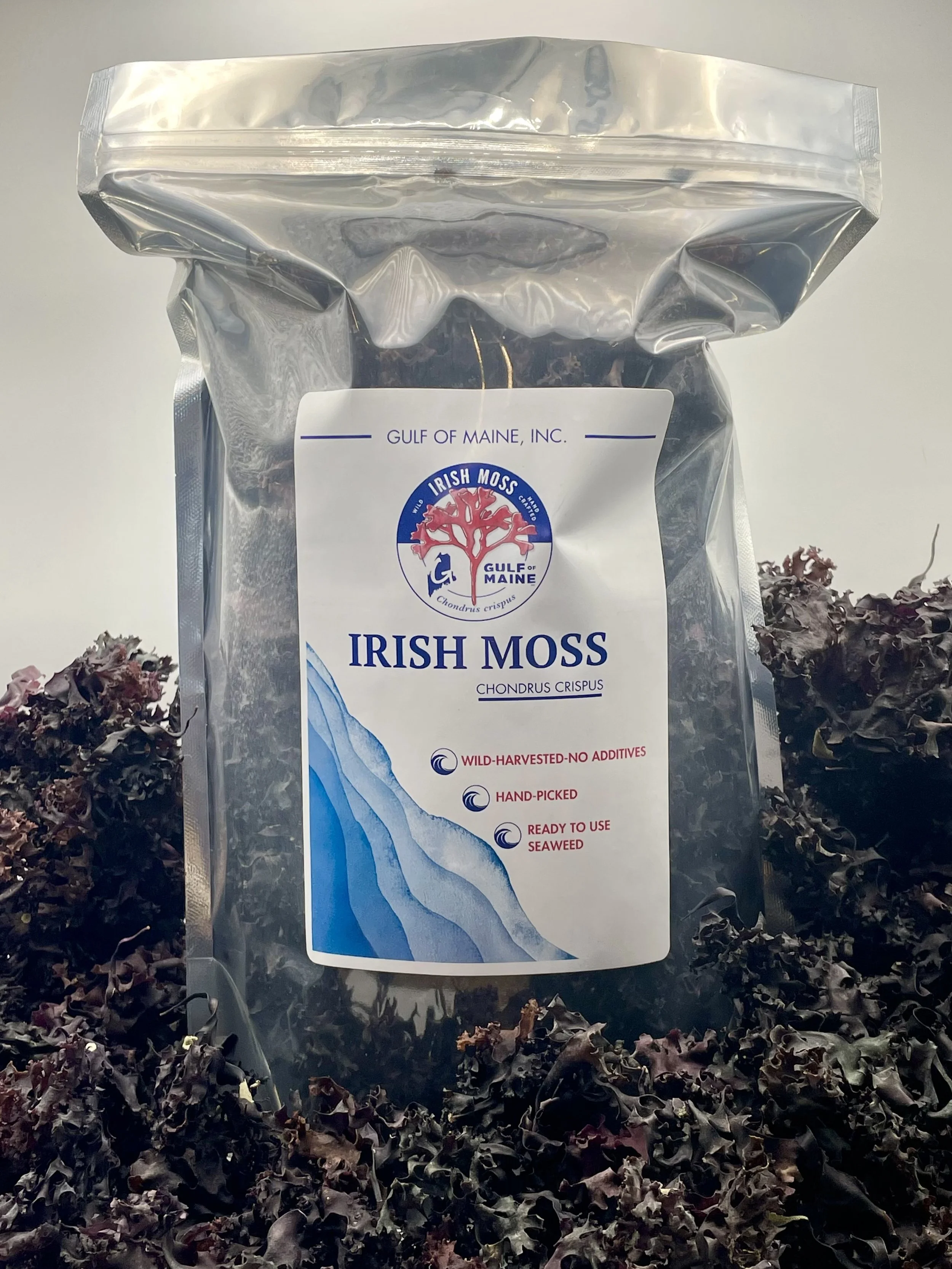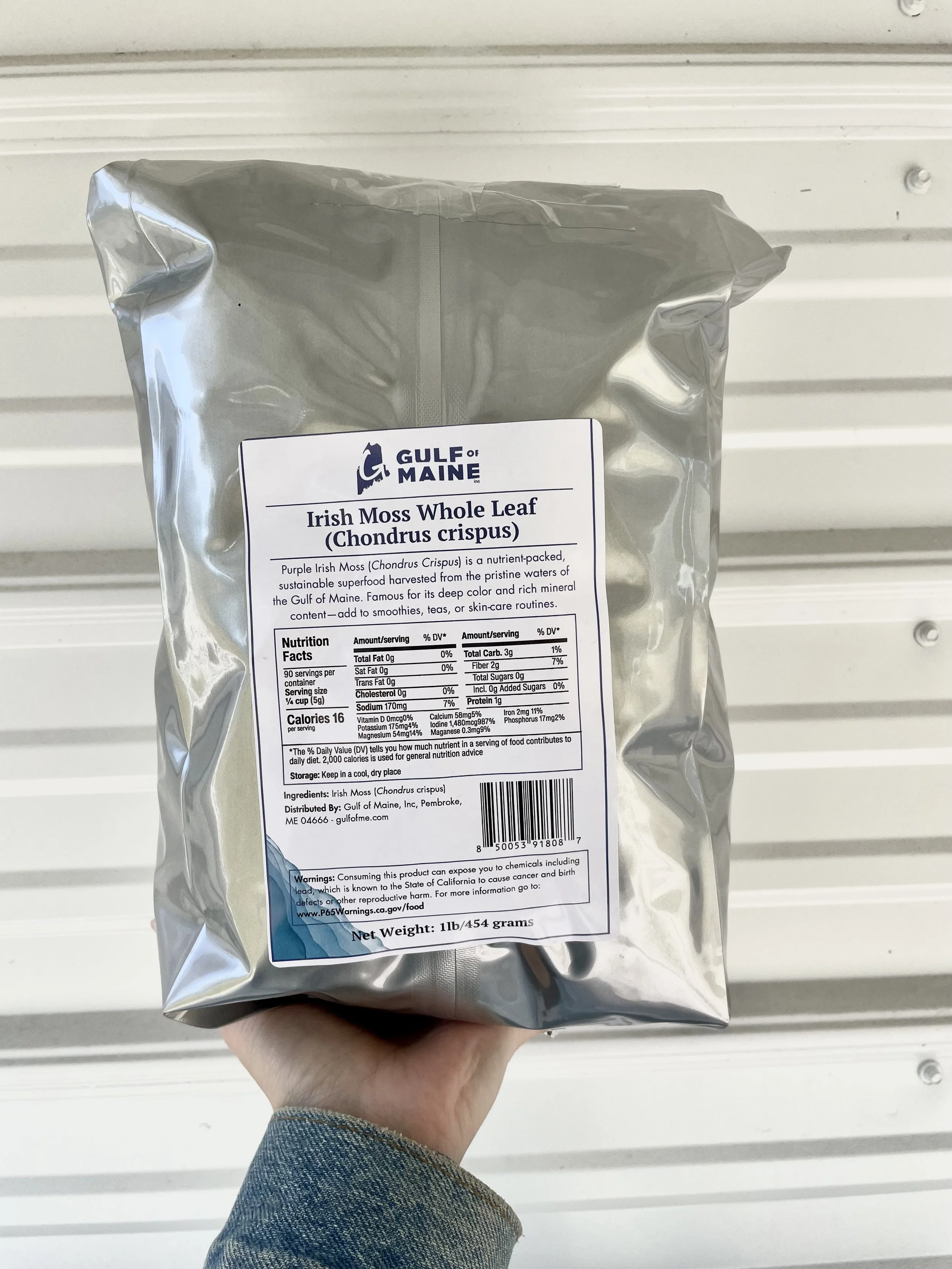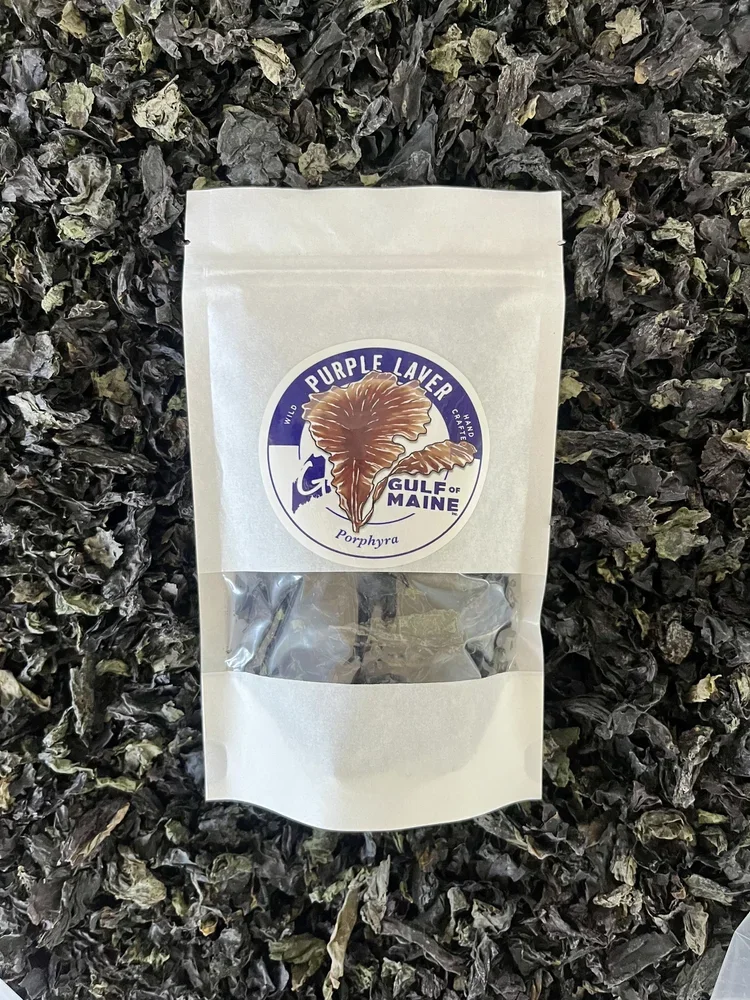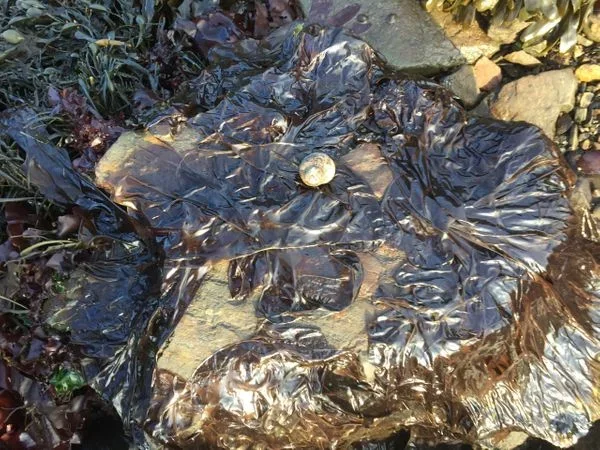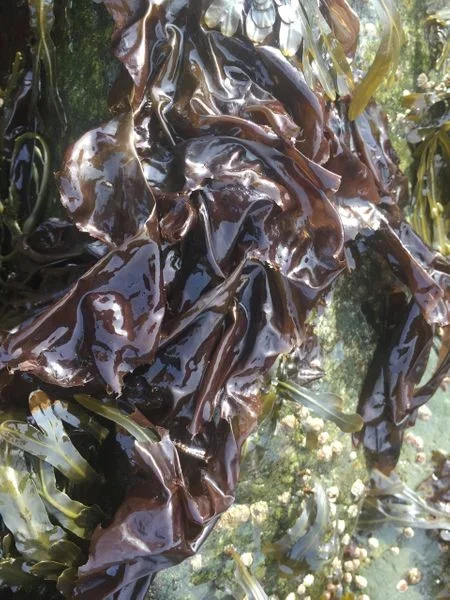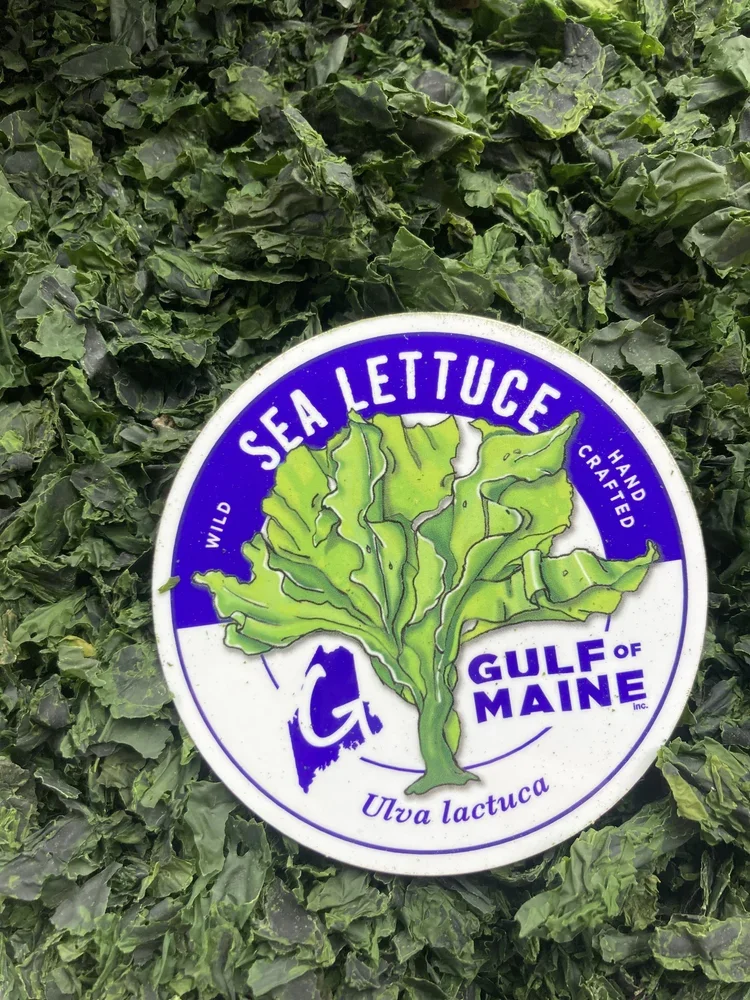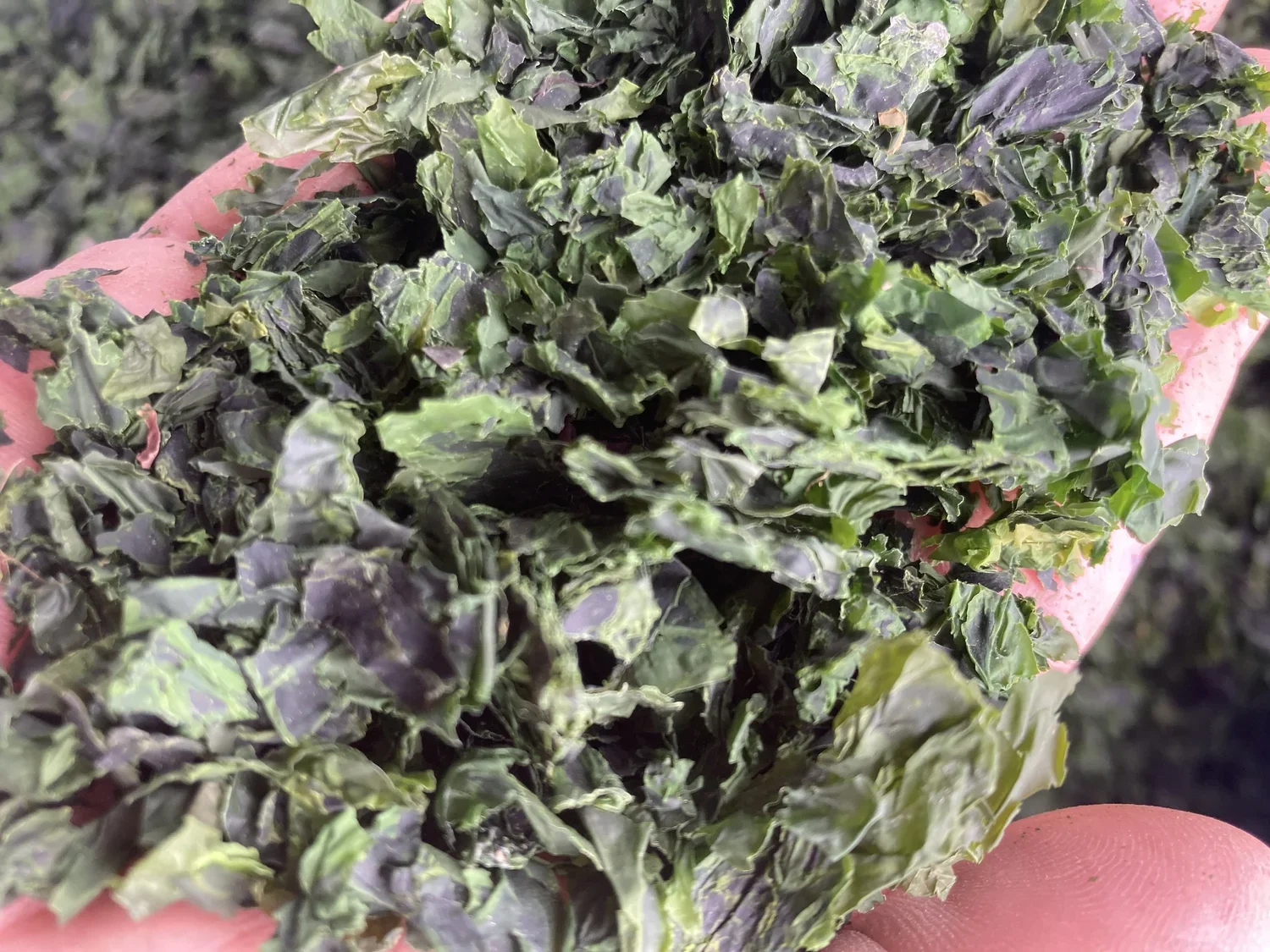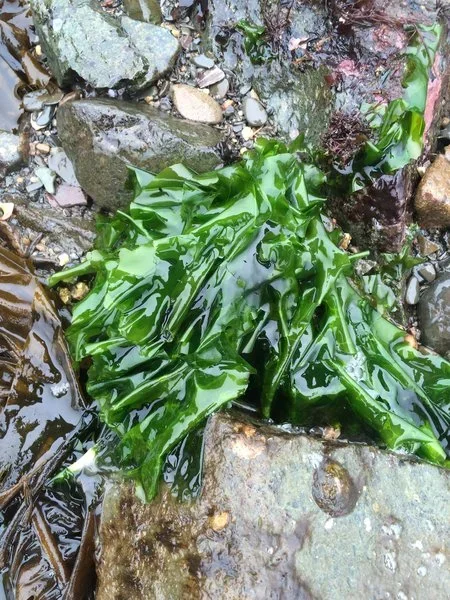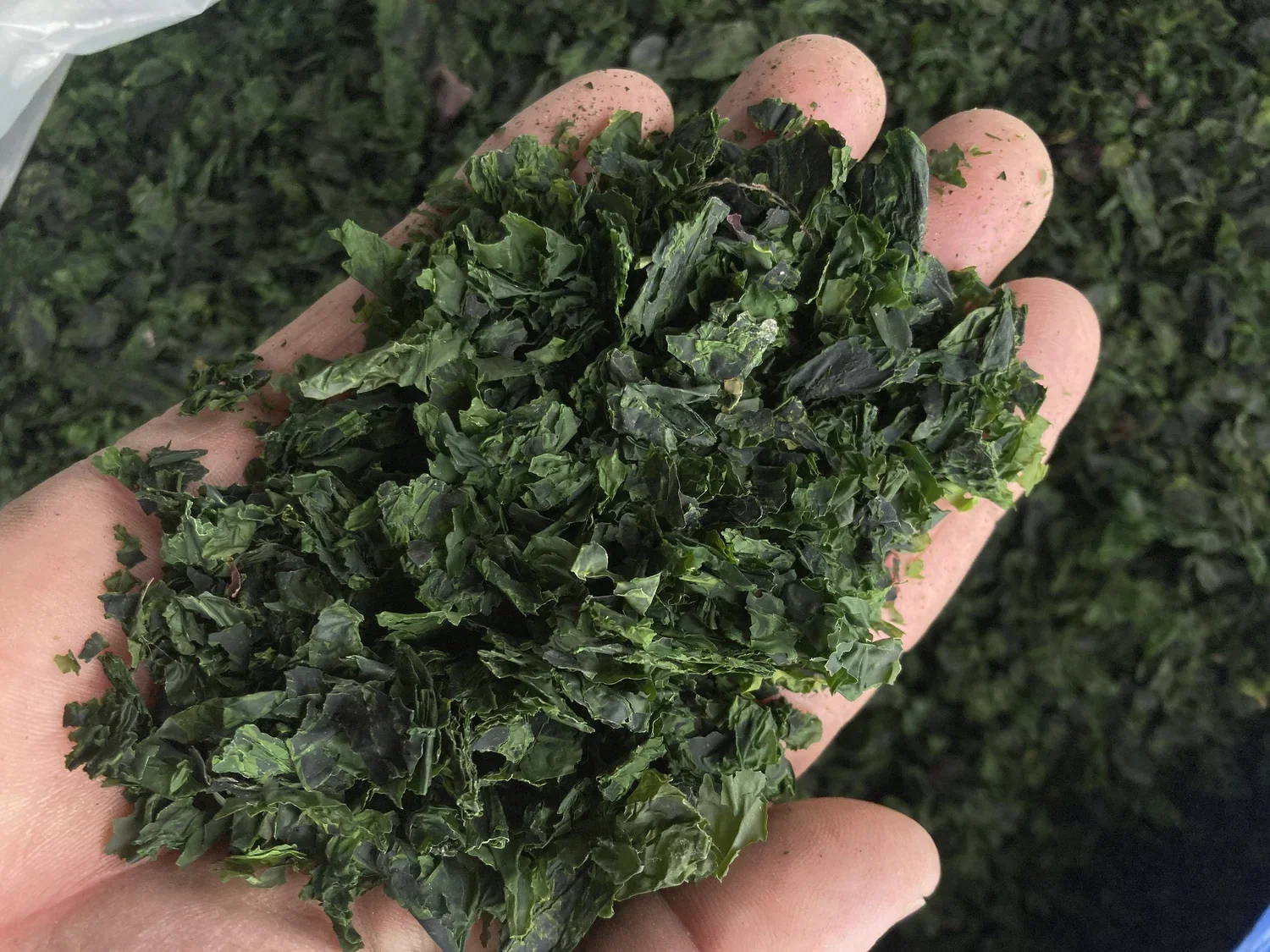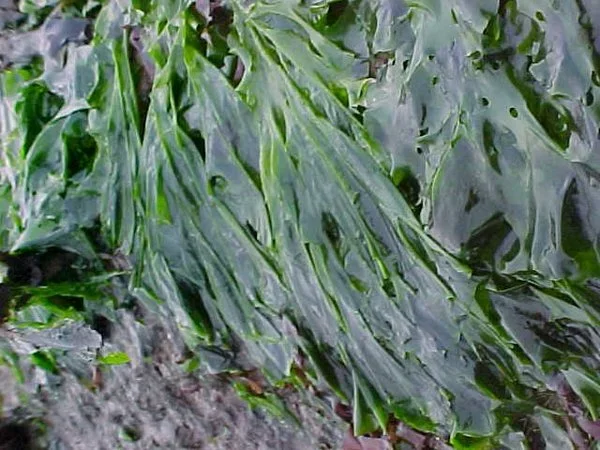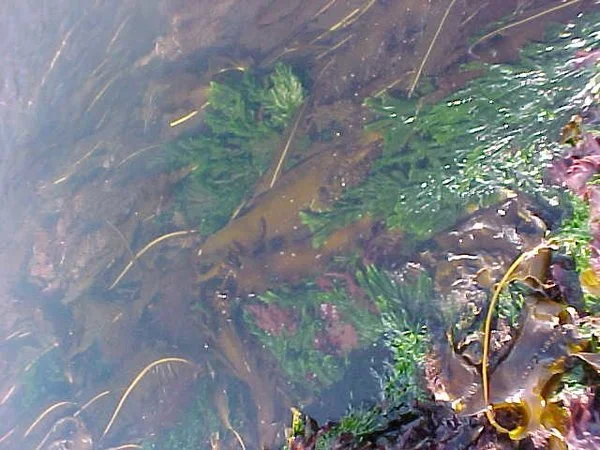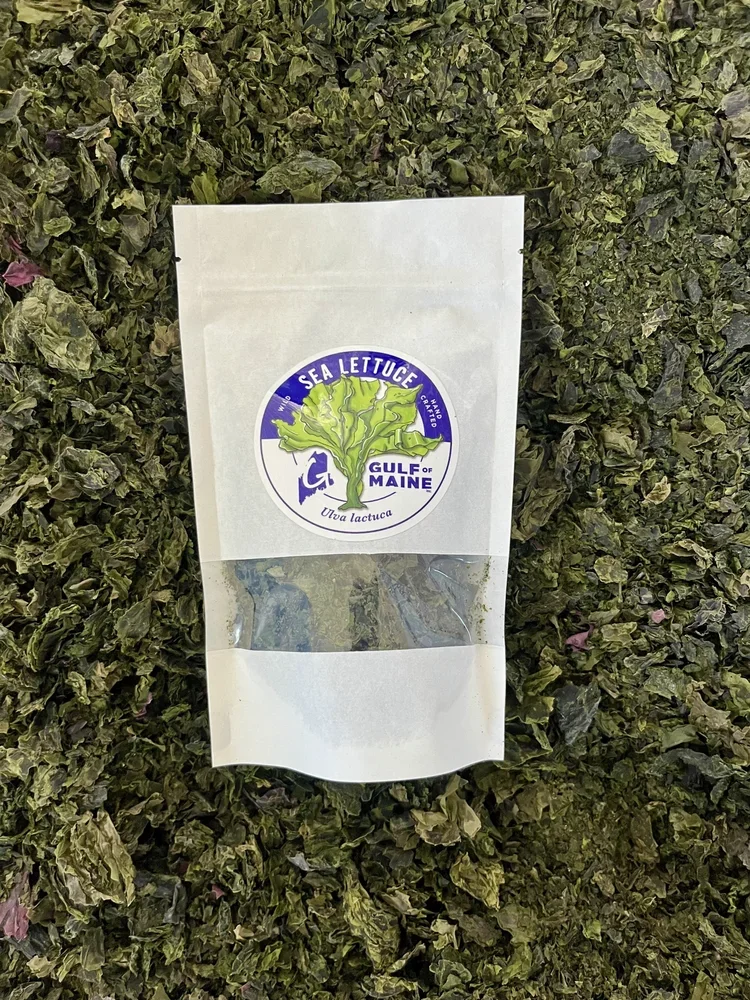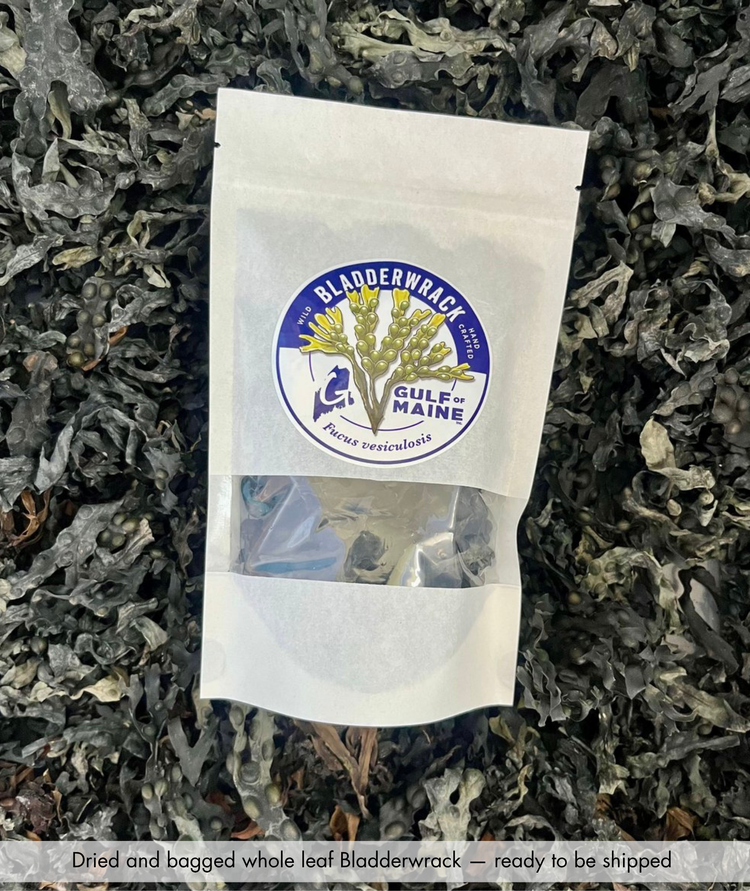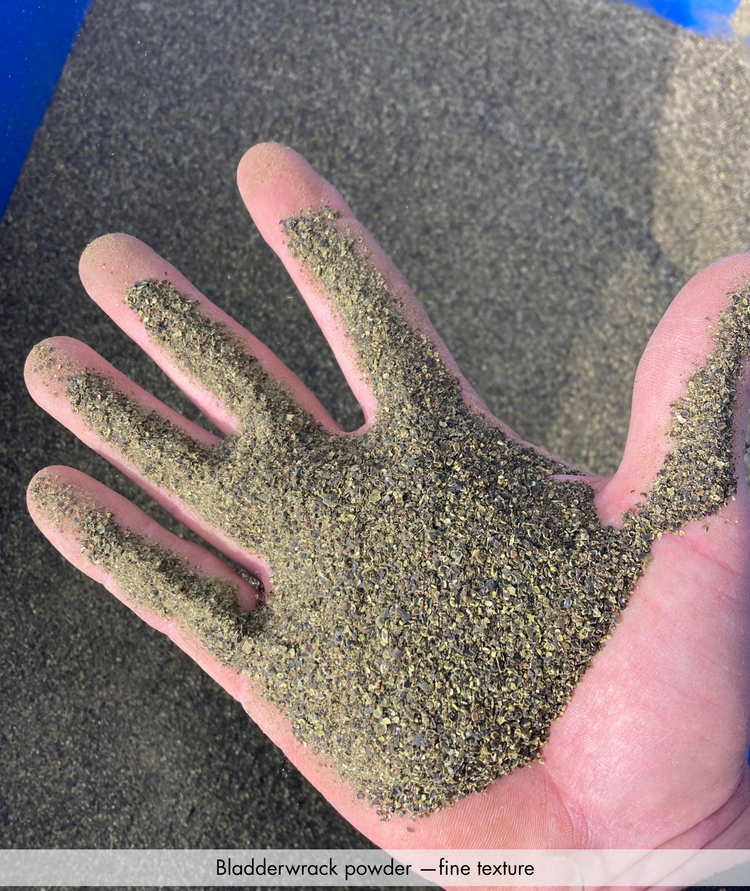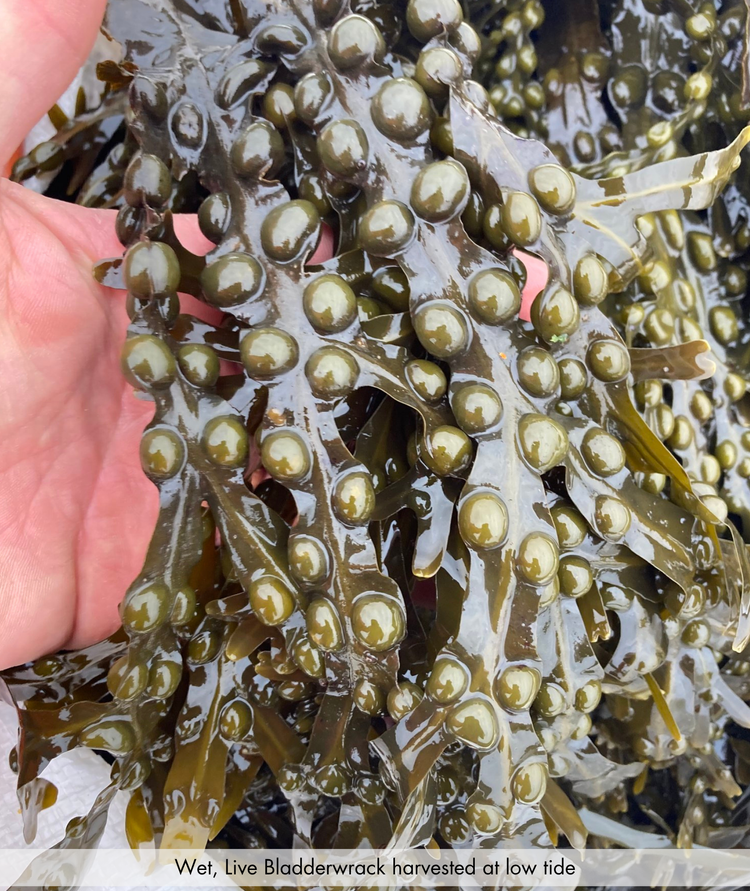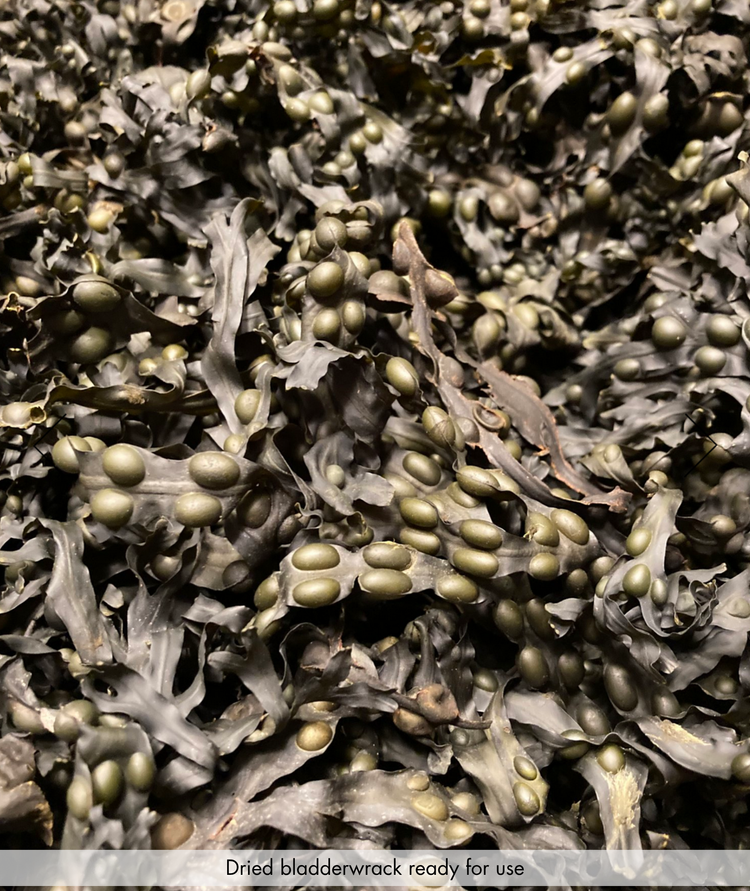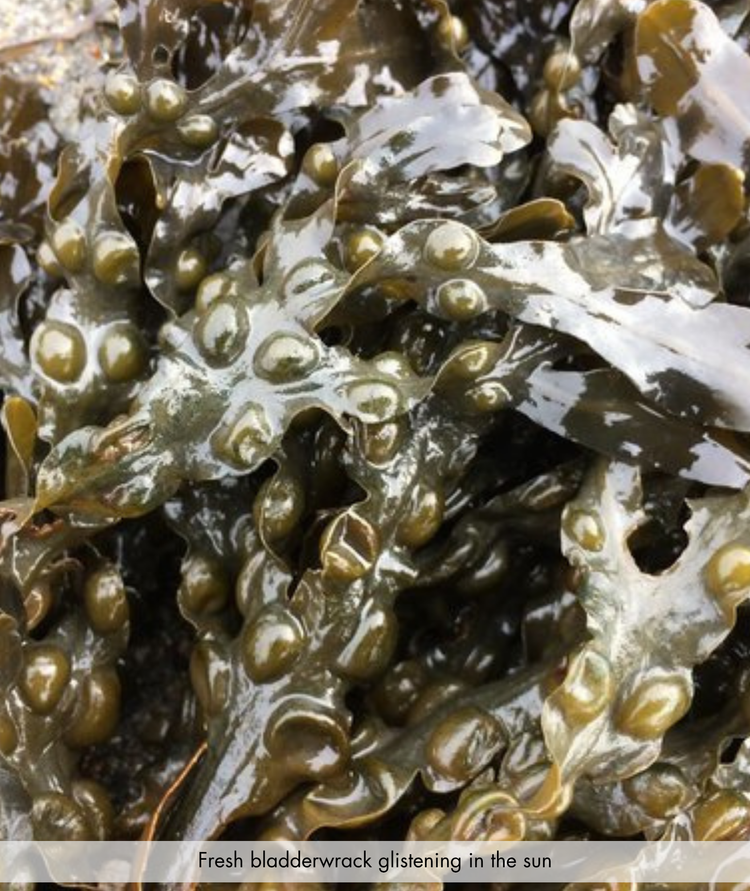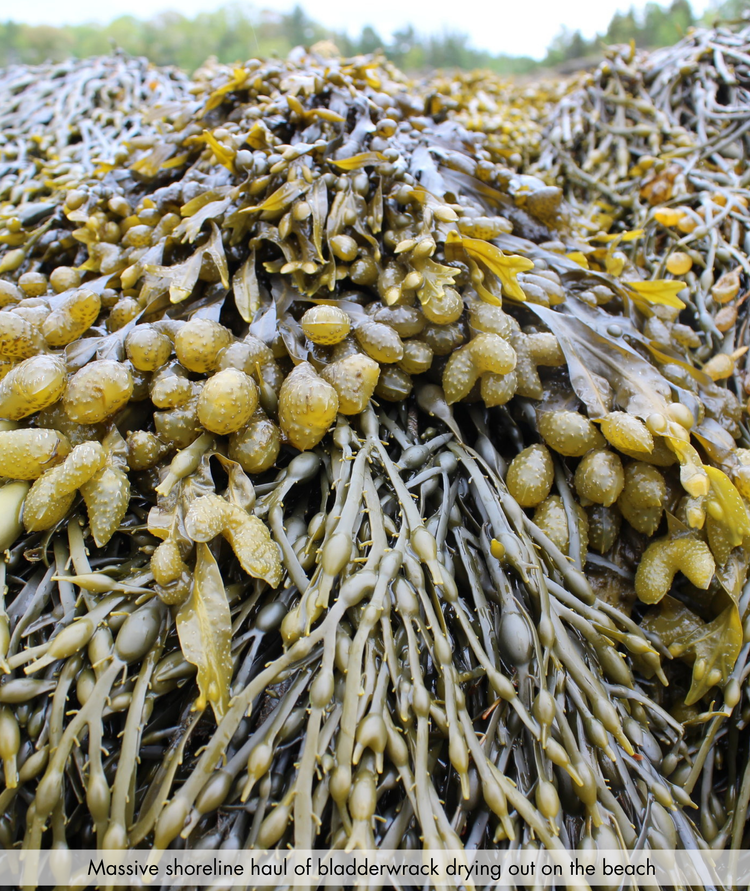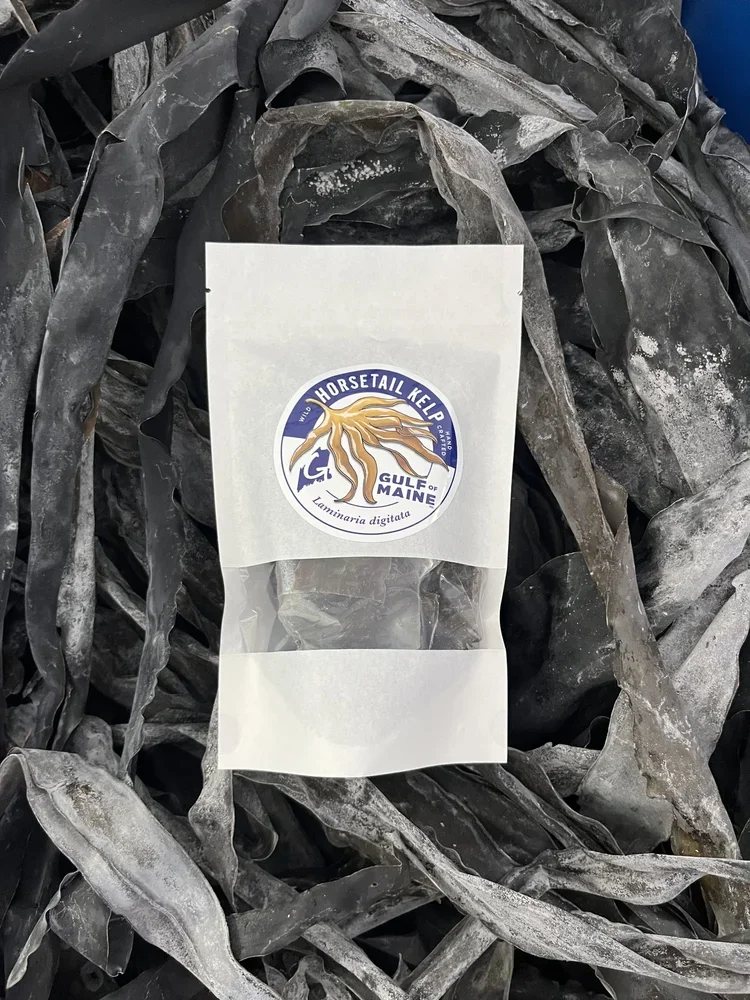 Image 1 of 4
Image 1 of 4

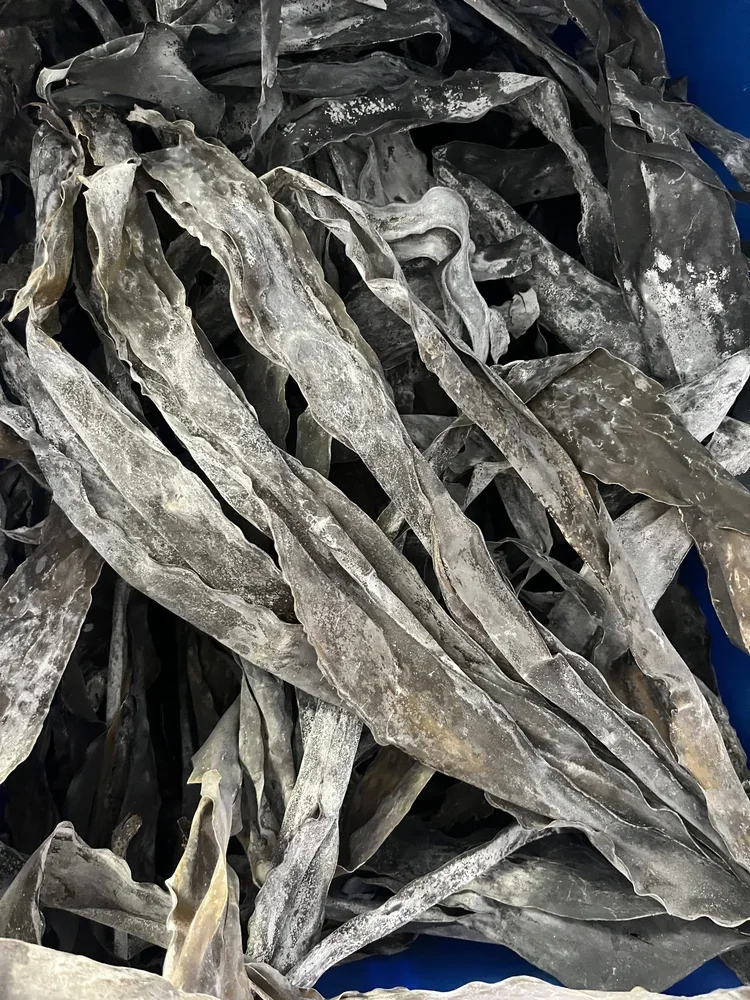 Image 2 of 4
Image 2 of 4

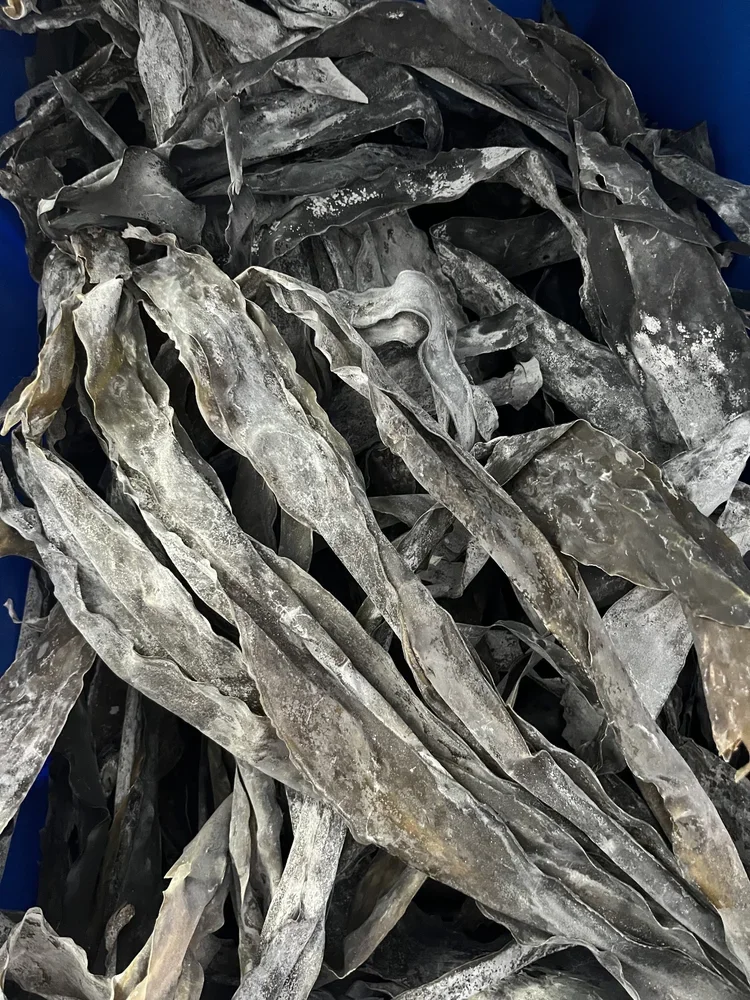 Image 3 of 4
Image 3 of 4

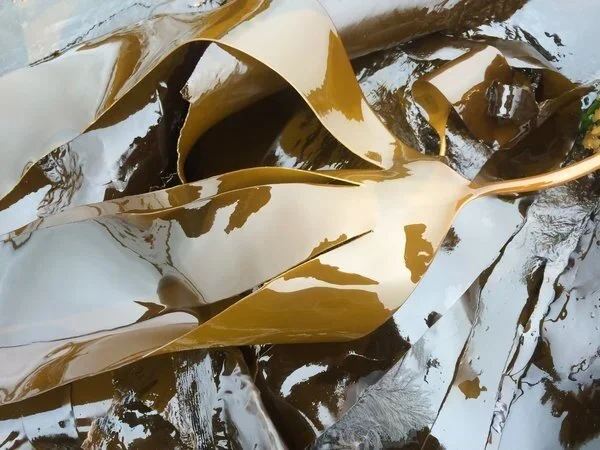 Image 4 of 4
Image 4 of 4





Horsetail Kelp (Laminaria digitata) —Whole Leaf, Flakes, Powder
Dried Horsetail Kelp (Laminaria digitata)
Horsetail Kelp, also known as Finger Kelp (Laminaria digitata), is a nutrient-dense brown seaweed hand-harvested from the cold, pristine waters of the Gulf of Maine. Its long, finger-like blades grow in powerful tidal zones, absorbing minerals and trace elements directly from the ocean. Naturally dried and available in whole leaf, flake, or powder form, this kelp is ideal for culinary use, nutritional supplements, skincare formulations, and agricultural enrichment.
Rich in iodine, potassium, and magnesium, Horsetail Kelp is valued for supporting thyroid health, promoting vitality, and enhancing soil and animal nutrition when used as an organic amendment. Sustainably collected and carefully processed to preserve its natural nutrients and flavor, this seaweed represents the best of Maine’s coastal bounty.
Key Facts:
Common name: Horsetail kelp, finger kelp
Scientific name: Laminaria digitata
Locations: Subtidal on low-tide rocks and ledges; prefers strong current and water flow
Seasonality: Available all year
Colors: Dark brown
Size: Whole leaf, flakes, or powder
Collected: By hand
Quantity: Sold by the plant (specify desired form when ordering)
Note: As a wild-harvested marine product, natural variations in color, texture, and size should be expected.
Dried Horsetail Kelp (Laminaria digitata)
Horsetail Kelp, also known as Finger Kelp (Laminaria digitata), is a nutrient-dense brown seaweed hand-harvested from the cold, pristine waters of the Gulf of Maine. Its long, finger-like blades grow in powerful tidal zones, absorbing minerals and trace elements directly from the ocean. Naturally dried and available in whole leaf, flake, or powder form, this kelp is ideal for culinary use, nutritional supplements, skincare formulations, and agricultural enrichment.
Rich in iodine, potassium, and magnesium, Horsetail Kelp is valued for supporting thyroid health, promoting vitality, and enhancing soil and animal nutrition when used as an organic amendment. Sustainably collected and carefully processed to preserve its natural nutrients and flavor, this seaweed represents the best of Maine’s coastal bounty.
Key Facts:
Common name: Horsetail kelp, finger kelp
Scientific name: Laminaria digitata
Locations: Subtidal on low-tide rocks and ledges; prefers strong current and water flow
Seasonality: Available all year
Colors: Dark brown
Size: Whole leaf, flakes, or powder
Collected: By hand
Quantity: Sold by the plant (specify desired form when ordering)
Note: As a wild-harvested marine product, natural variations in color, texture, and size should be expected.

The horsetail kelp plant and its holdfast laying on rockweed.
Tidepool Tim says, “Horsetail kelp is a very impressive seaweed! The short, thick 'stipe can be as thick as a man's thumb. It grows along the shore only in the areas with the most water flow or current. At low water, the stipes stick up from below while the blades are bent at an angle down under the water. This kelp is a very popular species for human consumption and is called kombu when it's cut into small pieces and dried for sale. Kombu is very popular in Asian cultures and is a great source of micro-nutrients in soups, salads, or just toasted in the oven. Once out of the water for just a couple hours, this kelp starts to release a very thick gelatinous slime or goo. The stipe can be sliced into small pieces and eaten as kelp "noodles". Horsetail kelp is much smaller, but very much like bull kelp that lives on the west coast of the U.S.”

